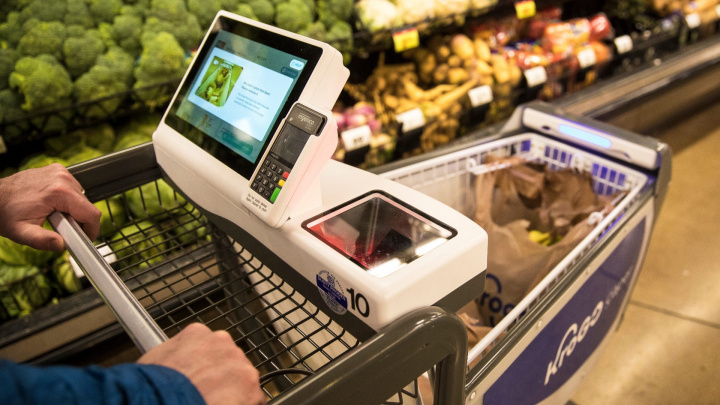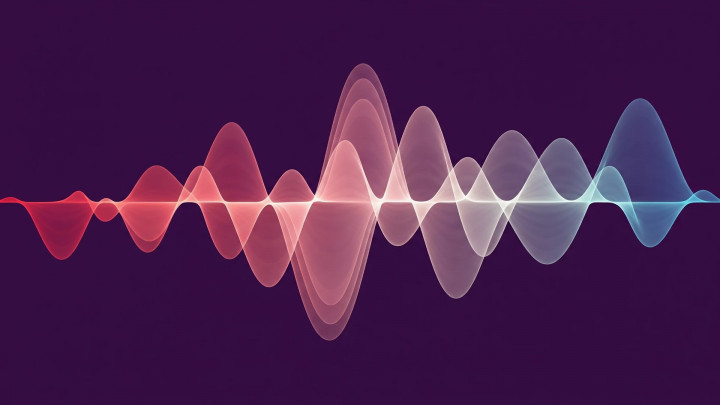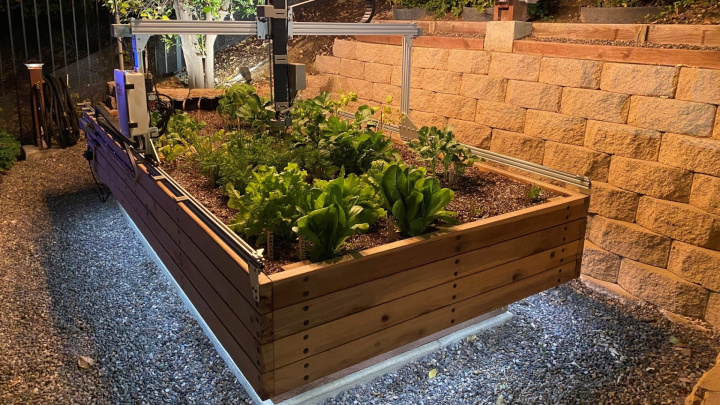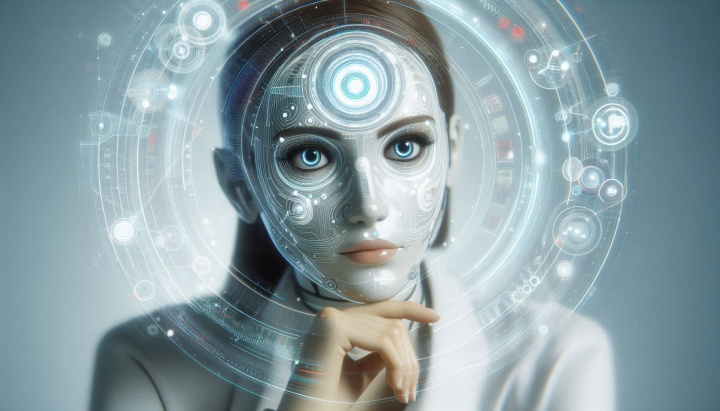Tesla Optimus
Elon Musk and Tesla have once again entered a new field, this time the world of humanoid robots. The Tesla Optimus project aims to revolutionize robotics and create robots capable of performing numerous tasks in industry and beyond. Although opinions on the project are mixed, one thing is certain: the Optimus robots have already captured the world's attention and hold significant potential.
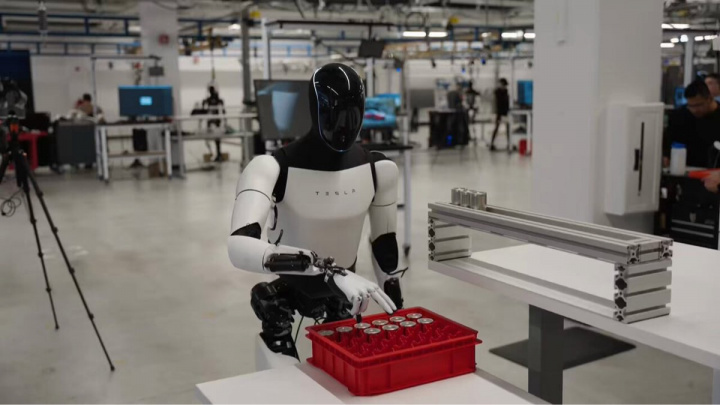
Goals and Vision of the Optimus Project
Tesla Optimus, also known as the Tesla Bot, is not just a technological achievement but a tool that could potentially reshape manufacturing and numerous other industries. Elon Musk and his team have designed a general-purpose humanoid robot intended to perform tasks that humans find too difficult, dangerous, or simply boring. Building on Tesla's experience in robotics, artificial intelligence, and energy systems, Optimus promises the integration of advanced robotics into everyday life.
Physical Characteristics and Technical Specifications
The Optimus robot boasts impressive technical specifications enabling it to perform various industrial and household tasks. Optimus stands 173 cm (5'8") tall, weighs approximately 57 kg (125 lbs), and can carry a payload of up to 20 kg (45 lbs). The robot features 28 structural actuators and 11 degrees of freedom in its hands, ensuring precise manipulation. Tesla's self-driving cameras and computer technology allow the robot to navigate and perceive its environment.
Its energy consumption is also noteworthy: it has a 2.3 kWh battery pack, consuming 100 watts while sitting and 500 watts while walking. This efficient operation ensures longer runtime, which is particularly important for industrial applications.
The Unveiling and First Steps in Development
Tesla first showcased the Optimus humanoid robot in April 2022 at the Cyber Rodeo event held at the Tesla Giga Texas factory. At that time, Elon Musk expressed hope that the robot would be ready for production by 2023 and stated the ambitious goal that Optimus would be capable of performing any task humans don't want to do.
In September 2022, during the second AI Day, Tesla presented functional prototypes. One prototype successfully walked across the stage, while another, sleeker version demonstrated the movement of its arms.
Rapid Development and New Capabilities
A year later, in September 2023, Tesla released a video showcasing Optimus's latest capabilities and progress. The robot was able to sort colored blocks, accurately recognize the position of its own limbs in space, and demonstrated increased flexibility, for example, by holding a yoga pose. These advancements highlighted the rapid development of the Optimus project and the robot's growing potential.
Potential Application Areas for the Optimus Robot
The Optimus robot could revolutionize various industries and many aspects of daily life. Key potential application areas include:
-
Industrial Applications: Optimus robots could perform tasks in factories and warehouses, such as moving boxes, stacking items, and managing inventory. Their capabilities allow them to navigate complex environments and handle objects precisely.
-
Household Chores: With Optimus, household tasks like folding laundry, cooking, and cleaning could become automated, freeing up people's time.
-
Security and Surveillance: Optimus robots could be integrated into home security systems, patrolling and alerting to potential dangers. They could also be used in industrial or governmental facilities to provide enhanced security measures.
-
Space Missions: Elon Musk's interest in colonizing Mars suggests that Optimus robots could play a significant role in future space missions, performing dangerous or challenging tasks such as setting up habitats, carrying out maintenance, and exploring the Martian surface.
AI-Driven Maintenance and Industrial Efficiency
Optimus robots could be utilized not only on assembly lines but also in AI-driven maintenance systems within Tesla factories. These intelligent robots could autonomously monitor equipment status, predict potential failures, and perform proactive maintenance, thereby minimizing downtime. By analyzing vast amounts of sensor data and using machine learning algorithms, Optimus robots could identify patterns and anomalies indicating impending problems. This predictive maintenance approach allows for timely interventions, reducing the need for costly repairs and ensuring optimal equipment performance.
Critical and Supportive Opinions
The Optimus robot project has received mixed feedback from experts and the public alike. While some expressed skepticism regarding the project's feasibility and novelty, others voiced support and optimism for Tesla's endeavors. Skeptics argue that Optimus's demonstrated capabilities, such as walking and performing basic tasks, have already been achieved by other humanoid robots like Honda's Asimo or Boston Dynamics' Atlas, questioning whether Tesla can surpass existing platforms.
Supporters, however, find Tesla's rapid development and progress impressive, especially considering the company is a relative newcomer to the robotics field. They believe Tesla's expertise in artificial intelligence, machine learning, and advanced manufacturing could enable them to make significant strides in humanoid robotics. In their view, the Optimus project is a promising step towards developing versatile and intelligent robotic assistants that could revolutionize industries and daily life.
Elon Musk's Bold Vision
Elon Musk has a bold vision for the future of the Tesla Optimus robot, believing its market potential could eventually exceed Tesla's vehicle business. Musk thinks demand for Optimus humanoid robots will be substantial as they could revolutionize various industries and assist humans with numerous tasks.
Musk aims for Tesla to mass-produce Optimus robots for less than $20,000, making them accessible to a wider market and facilitating widespread adoption.
The Future of Robotics
Looking ahead, Musk predicted that humanoid robots could play a dominant role in industry and daily life by 2040. He envisions robots like Optimus becoming commonplace, working alongside humans in homes, factories, offices, and other settings. As technology advances and production costs decrease, the proliferation of humanoid robots could accelerate, bringing fundamental changes to our way of life and work.
Summary
The Tesla Optimus project is not just another technological experiment but a potential step towards transforming the industry of the future. Although the project is still in its early stages and many questions remain about its feasibility, Tesla has already shown impressive progress. In the world of humanoid robots, the Optimus project could be a significant step towards creating a new era of collaboration between robots and humans. As technology evolves, it is conceivable that Optimus robots will become part of everyday life, taking industrial and home automation to a new level.


